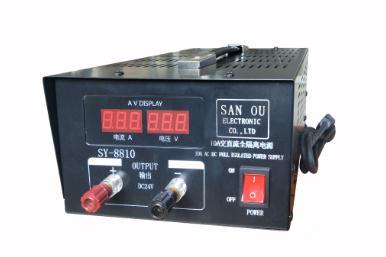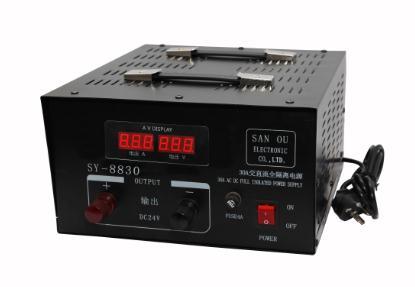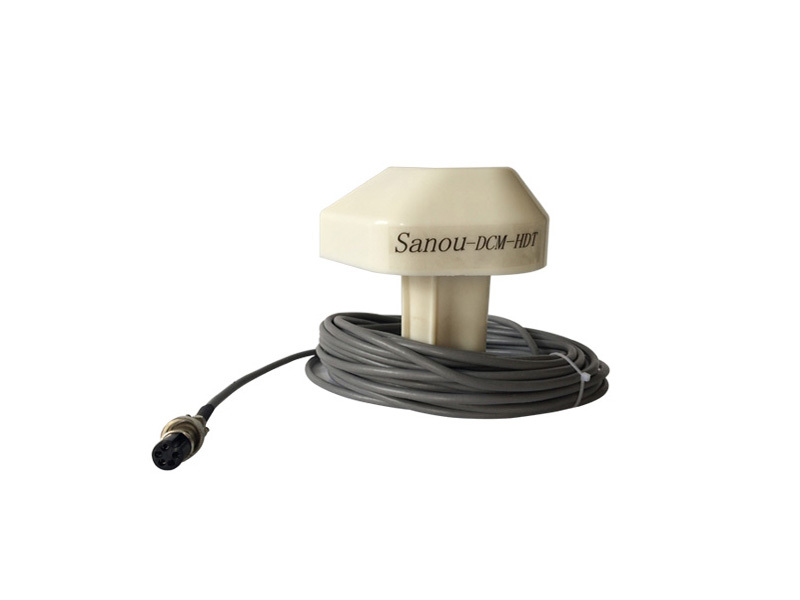News Center
How Marine Automatic Water Level Monitors Ensure Safety on the Water
How Marine Automatic Water Level Monitors Ensure Safety on the Water
Introduction to Marine Automatic Water Level Monitors
In an era where maritime ventures are booming, ensuring safety on the water has never been more vital. Marine automatic water level monitors are innovative devices designed to track water levels in real-time, providing crucial data to prevent accidents and manage resources effectively. These instruments not only enhance navigation safety but also contribute to environmental protection by managing water levels in lakes, rivers, and oceans.
The Technology Behind Marine Water Level Monitoring
Understanding Water Level Monitoring Technology
Marine water level monitors utilize advanced sensors to detect changes in water levels. These sensors can be acoustic, radar-based, or pressure transducers. Each technology has its unique advantages. For instance, **acoustic sensors** measure water levels by sending sound waves, while **radar sensors** use microwave signals to provide precise data without being affected by temperature or humidity.
Data Transmission and Accessibility
Modern monitors are equipped with wireless communication technologies, allowing for real-time data transmission to shore-based systems. This capability enables vessel operators and environmental agencies to access water level information remotely, facilitating timely decision-making.
Key Applications of Marine Automatic Water Level Monitors
Enhancing Safety in Maritime Operations
Automatic water level monitors are pivotal in ensuring safe navigation for various watercraft, from fishing boats to large cargo ships. By providing real-time data on water levels, they help mariners avoid shallow areas and potential hazards, reducing the risk of grounding or collisions.
Environmental Monitoring and Protection
In addition to ensuring safety, these monitors play a vital role in environmental conservation. By tracking water levels in sensitive ecosystems, they help detect changes that may indicate pollution or habitat degradation. Such information is crucial for regulatory agencies responsible for protecting marine environments.
Flood Management and Prevention
Water level monitors are also instrumental in flood management. By predicting water level rises, authorities can take preemptive measures to mitigate flooding impacts, ensuring the safety of both marine and coastal communities.
Benefits of Marine Automatic Water Level Monitors
Real-Time Monitoring for Informed Decisions
The primary benefit of using marine automatic water level monitors lies in their ability to provide real-time data. This capability allows for immediate response to changing conditions, ensuring that vessel operators can make informed decisions based on accurate information.
Increased Efficiency in Marine Operations
By facilitating efficient navigation, these monitors can improve the overall efficiency of marine operations. Accurate water level data aids in route planning, allowing vessels to optimize fuel consumption and reduce transit times.
Cost-Effectiveness in the Long Run
Investing in automatic water level monitoring systems can lead to significant cost savings over time. By preventing accidents and minimizing environmental damage, these systems help avoid costly repairs and legal liabilities.
Case Studies: Successful Implementation of Marine Monitors
Case Study 1: Port of San Diego
The Port of San Diego implemented automatic water level monitors to enhance safety and operational efficiency. With real-time data, port authorities successfully reduced incidents of grounding and optimized docking procedures, leading to smoother operations.
Case Study 2: Great Lakes Monitoring Program
In the Great Lakes, a comprehensive monitoring program was established using automatic water level monitors. The initiative has significantly improved flood management strategies and protected local ecosystems by providing timely data to environmental agencies.
Challenges in Marine Water Level Monitoring
Environmental Factors Affecting Accuracy
While technology has advanced, several environmental factors can still impact the accuracy of water level readings. Factors such as waves, wind, and debris can interfere with sensor performance, necessitating regular maintenance and calibration.
Integration with Existing Systems
Integrating new monitoring technologies with existing systems can pose challenges. Ensuring compatibility and seamless data exchange between different platforms is crucial for maximizing the effectiveness of water level monitoring solutions.
Future Trends in Marine Water Level Monitoring
Advancements in Sensor Technology
The future of marine water level monitoring will likely see advancements in sensor technology, including the development of more robust and accurate sensors that can withstand harsh marine environments.
Incorporation of Artificial Intelligence
Artificial intelligence (AI) is poised to transform water level monitoring. By using machine learning algorithms, AI can analyze historical data trends and predict future water levels, enhancing decision-making processes for mariners and environmental agencies.
FAQs About Marine Automatic Water Level Monitors
1. What are marine automatic water level monitors?
Marine automatic water level monitors are devices that track water levels in real-time to enhance safety and operational efficiency in maritime environments.
2. How do these monitors improve safety on the water?
By providing real-time data on water levels, these monitors help mariners avoid shallow areas, preventing accidents and enhancing navigation safety.
3. What types of sensors are used in marine water level monitoring?
Common sensors include acoustic sensors, radar sensors, and pressure transducers, each of which has unique advantages in measuring water levels.
4. Can marine water level monitors help with flood management?
Yes, they play a crucial role in flood management by predicting water level rises and enabling authorities to take preventive measures.
5. What are the challenges of using marine automatic water level monitors?
Challenges include environmental factors that may affect accuracy and the need for integration with existing monitoring systems.
Conclusion
Marine automatic water level monitors are indispensable tools in ensuring safety on the water. By providing real-time data, these devices enhance navigation, protect marine environments, and contribute to effective flood management strategies. As technology evolves, the future of marine monitoring promises even greater accuracy and efficiency, ensuring safer seas for all. Investing in these systems is not only a step toward safer maritime operations but also a commitment to preserving our precious marine ecosystems.
Related News
Understanding the Benefits of a 1 in 4 Out Signal Distributor for Electronic Components
Understanding the Benefits of a 1 in 4 Out Signal Distributor for Electronic Components Table of Contents 1. Introduction to Signal Distribution 2. What is a 1 in 4 Out Signal Distributor? 3. Key Advantages of Using a 1 in 4 Out Signal Distributor 3.1 Enhanced Signal Integrity 3.2 Improved Signal Distribution Efficiency 3.3 Flexibility in System Desi
Understanding the 1 in 10 Out Signal Distributor: A Key Component in Optoelectronic Applications
A 1 in 10 out signal distributor is a specialized electronic device that takes a single input signal and replicates it across multiple output channels—in this case, ten outputs. This function is crucial in various applications, including telecommunications, broadcasting, and data transmission systems. The ability to distribute a single signal to multiple outputs ensures that information can reach
Unlocking the Benefits of the Furuno 1831 Radar with a Quality 24 Pin Square Plug
Unlocking the Benefits of the Furuno 1831 Radar with a Quality 24 Pin Square Plug Table of Contents 1. Introduction to Furuno 1831 Radar 2. Key Features of the Furuno 1831 Radar 3. Advantages of Using a Quality 24 Pin Square Plug 4. Installing the Furuno 1831 Radar with a 24 Pin Square Plug 5. Maintenance Tips for Optimal Performance 6. Troubleshooting Common




